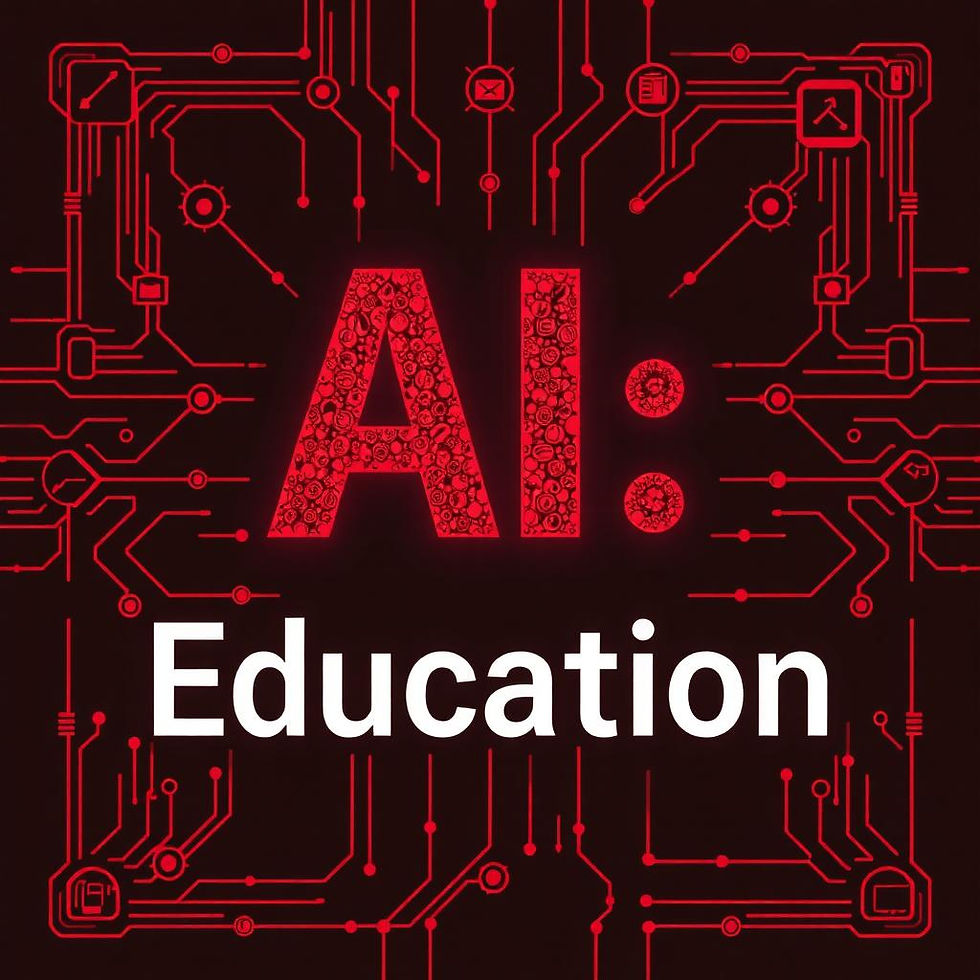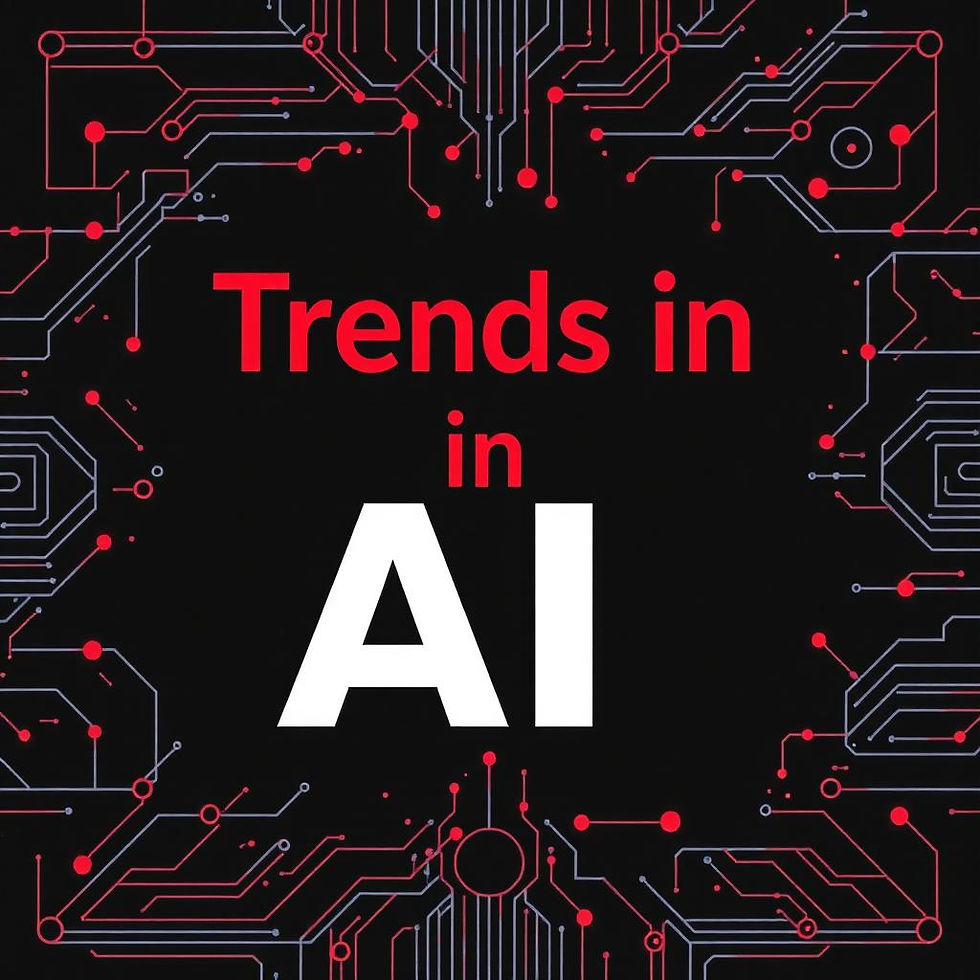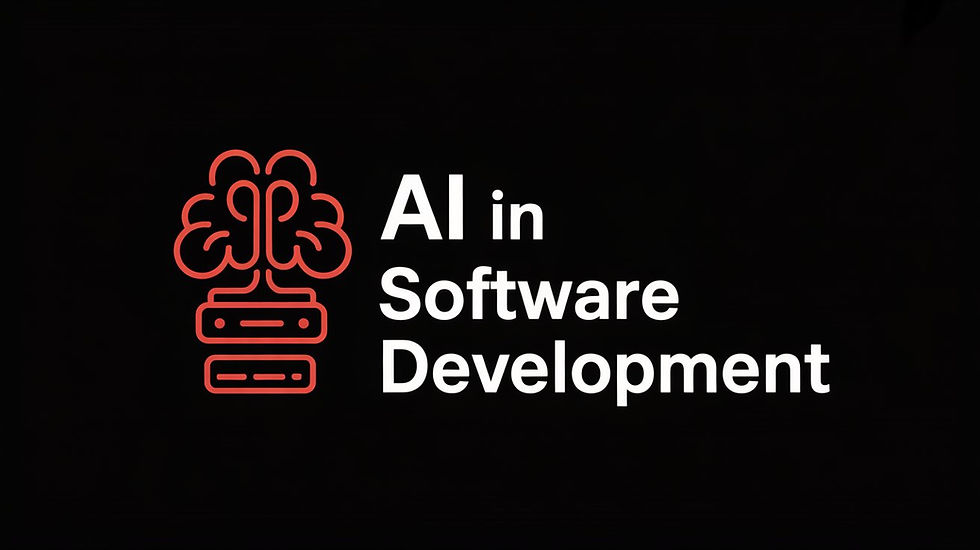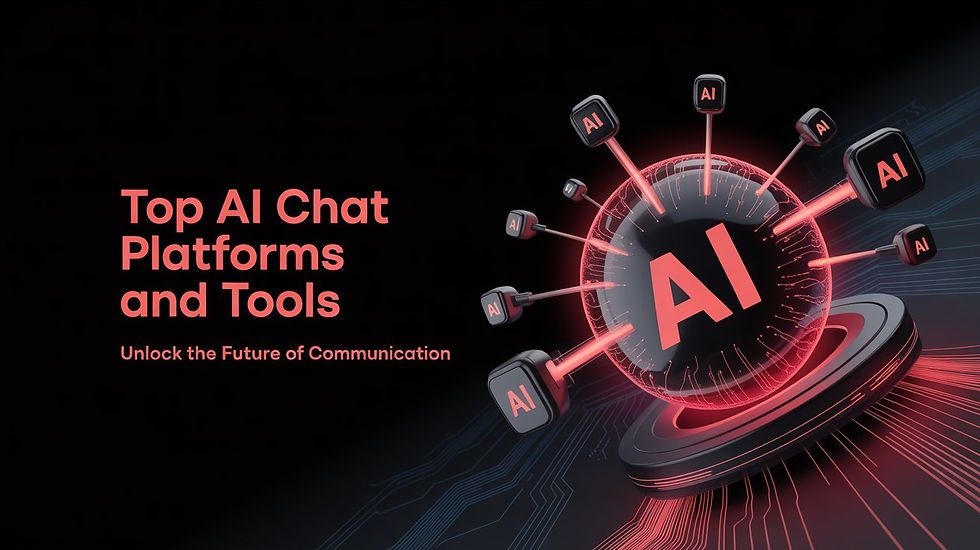AI Automation in Education: Transforming Learning for the Future
- pengarhehe
- Mar 6
- 5 min read

AI Automation in Education
Artificial Intelligence (AI) isn’t just a buzzword—it’s a revolution reshaping education in 2025. Picture a world where lessons adapt to each student’s pace, grading happens instantly, and administrative tasks vanish with a click. That’s AI automation in education: a fusion of machine learning, natural language processing (NLP), and automation that’s making learning smarter, faster, and more inclusive. The global AI in education market is set to reach $6 billion this year, according to UNESCO, growing at a staggering 45% CAGR through 2030.
So, what’s driving this shift? How is AI automation changing classrooms today, and what’s next? This guide dives deep into its applications, benefits, challenges, and future trends. Whether you’re a teacher seeking efficiency, a student exploring tech-enhanced learning, or a business owner tapping into this booming market, you’ll find actionable insights here. Let’s explore how AI is transforming education—and why it matters.
AI Education
AI automation in education combines cutting-edge tech—think AI algorithms and robotics—with practical solutions to enhance teaching and learning. It’s not about robots replacing teachers; it’s about tools that personalize lessons, automate grunt work, and unlock data-driven insights. In 2025, this isn’t sci-fi—it’s reality. Schools, universities, and online platforms are adopting AI to tackle big challenges: overworked educators, disengaged students, and outdated systems.
The numbers back this up. EdTech Magazine reports that AI-driven tools are boosting student outcomes by 15% on average. Meanwhile, UNESCO predicts the market will soar, fueled by investments in adaptive platforms and virtual assistants. This article breaks it all down, blending real-world examples with forward-looking trends. Let’s jump in.

Current State of AI in Education
AI is already reshaping education. Here’s how it’s being used today.
Personalized Learning
One-size-fits-all is history. AI delivers lessons tailored to each student’s needs.
Adaptive Platforms: DreamBox Learning adjusts math problems in real-time—struggle with fractions? It doubles down until you nail it. Try it here.
AI Tutors: Carnegie Learning offers virtual coaches, guiding students step-by-step.
A 2024 study from EdTech Magazine showed a 15% test score boost for users of these tools.
Automated Grading
Grading is a time-suck—AI fixes that.
Gradescope: Scans and grades tests, slashing time by 70%. Used by 1,000+ institutions.
Essay Tools: Turnitin’s Revision Assistant uses NLP to critique essays instantly.
Teachers save hours, focusing on teaching, not paperwork.
Virtual Assistants
AI assistants are classroom sidekicks.
Chatbots: Georgia Tech’s “Jill Watson” handles student queries, cutting faculty workload by 30%.
Voice Tech: Alexa answers quick questions, keeping lessons flowing.
They’re available 24/7, boosting interactivity.
Data Analysis
AI turns data into action.
Predictive Tools: Civitas Learning flags at-risk students early.
Analytics: Tracks engagement to refine teaching, per EdTech Magazine.
It’s precision education, not guesswork.
Administrative Automation
AI streamlines the backend.
Scheduling: ThoughtSpot optimizes timetables effortlessly.
Enrollment: Ellucian forecasts trends, aiding budget planning.
Schools save time and cash, redirecting it to students.
Benefits of AI Automation in Education
AI isn’t just tech—it’s a game-changer. Here’s why.
Enhanced Student Engagement
AI keeps students hooked.
Gamification: Duolingo makes language learning a game with AI-driven rewards.
Simulations: Virtual labs let kids experiment safely.
Engaged students learn better—it’s that simple.
Increased Efficiency
Time is gold, and AI delivers.
Grading: Cuts hours to minutes.
Admin: Saves 40% of time, says EdTech Magazine.
More time for teaching, less for busywork.
Improved Accessibility
AI opens doors.
Speech-to-Text: Otter.ai transcribes for hearing-impaired students.
Translation: Google Translate breaks language barriers.
Education becomes universal.
Real-time Feedback
Instant insights fuel progress.
Grading: Quiz results in seconds.
Adaptation: AI shifts lessons on the fly.
Students stay on track, confident.
Cost-Effectiveness
AI saves money.
Staffing: Less need for admin hires.
Scale: One platform serves thousands.
Savings fund better resources.
Challenges and Ethical Considerations
AI isn’t flawless. Here’s what we’re up against.
Data Privacy
Data powers AI—but at what cost?
Risks: Breaches expose grades, behaviors.
Fixes: Encryption and GDPR compliance are musts.
Trust hinges on security.
Digital Divide
Not everyone has access.
Issue: Rural kids lack tech.
Solution: “Tech for All” funds devices, Wi-Fi.
Equity is non-negotiable.
Teacher Training
AI needs skilled users.
Challenge: Tech intimidates some educators.
Fix: Workshops via EdX bridge the gap.
Training turns fear into power.
Regulatory Issues
Rules lag behind tech.
Gaps: No global AI grading standards.
Steps: EU’s AI Act sets a precedent.
Regulation ensures fairness.
Over-reliance on Technology
Too much AI risks humanity.
Risk: Kids lose critical thinking.
Balance: AI for tasks, humans for connection.
Tech enhances, doesn’t replace.
Case Studies
Real examples show AI’s impact.
Khan Academy
Free, personalized learning for all.
How: AI adjusts lesson difficulty.
Result: 20% score gains in 2024.
Scalable brilliance.
Duolingo
Language learning, gamified.
Tech: AI tailors exercises, refines speech.
Impact: 500M+ users, faster fluency.
Engagement meets results.
Gradescope
Grading made painless.
How: AI processes assignments fast.
Reach: 1M+ teacher hours saved since 2023.
Efficiency in action.

Future Trends in AI Automation for Education
What’s next? Five trends for 2025+.
Advanced NLP Applications
NLP gets conversational.
Tutors: Chatbots explain “why,” not just “what.”
Content: AI textbooks by 2027.
Natural teaching evolves.
Machine Learning Algorithms
Smarter data, smarter learning.
Predictions: 90% accuracy for at-risk students.
Tests: Adaptive exams in real-time.
Precision drives success.
Robotics in Classrooms
Robots join the team.
Assistants: Pepper handles drills.
Social: Bots aid autism support by 2026.
Tech meets empathy.
Ethical AI Development
Fairness takes center stage.
Bias: Algorithms get equitable.
Clarity: “Explainability” by 2025.
Trust grows with ethics.
Global Collaboration
AI connects the world.
Classes: Tokyo-Texas virtual rooms by 2026.
Resources: Shared plans cut costs.
Education goes global.
Conclusion
AI automation in education is here to stay. It’s personalizing learning, saving time, and breaking barriers—despite hurdles like privacy and access. By 2025, it’ll be everywhere, and early adopters will thrive. Teachers, try Gradescope. Businesses, tap into DreamBox Learning’s affiliate program. Students, embrace a tailored future.
Explore more on aiautomationspot.com: AI in Business Automation or The Rise of Machine Learning.
FAQs
What is AI automation in education?
It’s AI enhancing education—personalizing lessons, automating grading, and more.
How does AI improve student engagement?
Through gamification (Duolingo) and interactive tools, making learning fun.
What are the challenges of using AI in education?
Privacy, access, training, regulation, and tech reliance.
Can AI replace teachers?
No—it’s a tool to support, not supplant, human educators.
What are some examples of AI in education?
Khan Academy, Duolingo, Gradescope.





Comments